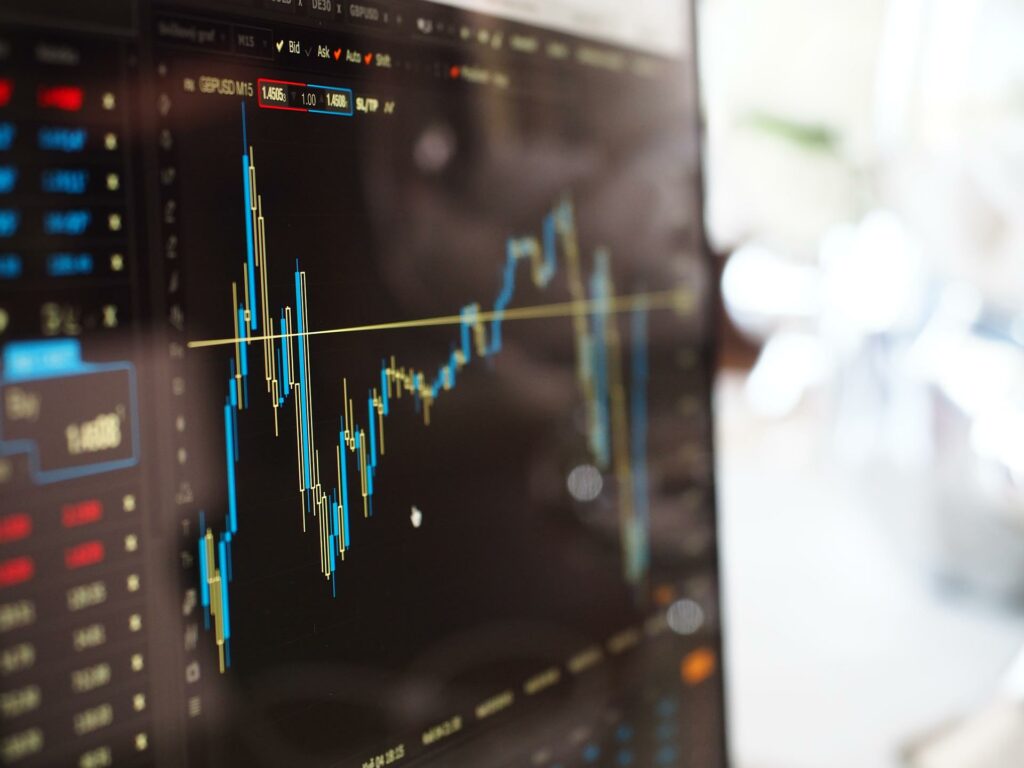What can you do with time-series data?

Your company is probably collecting huge amounts of data. A big part of them might come from sensors and thus in the form of time-series data. Have you ever wondered what could you do with all this data? How to add value? How to exploit them? What ROI can they bring to your company?
You are at the right place. Ezako’s purpose is to help companies leverage time-series data. This article’s intention is to be a beginner’s guide to time-series data. Let’s start.
What is time-series data?
A time-series is a sequence of data taken at successive, often equally spaced, points in time.
Here an example where we have 4 timestamps with 2 values collected for every time-point :
00:00:01 12 0.2
00:00:02 13 0.1
00:00:03 16 0.3
00:00:04 14 0.4
Those values are time-series.
Where can we find these time-series data?
Time-series are found in more places than meets the eye. Some time-series are obvious:
- Monitoring the evolution of temperature throughout the day is an example of a time-series. Recording the temperature is achieved through the use of a temperature sensor. For example: Thermocouple, thermistor and a thermostat.
- The price of a stock is a time-series. The stock price evolves through time and is set on markets through a demand and supply ratio.
Time-series are also found in the industrial world. At an industrial scale, one particular plant may use thousands of different sensors of many different kinds, all generating time-series data continuously. In fact, most time-series around the world are collected from sensor data. Here are a few examples:
- Temperature sensor
- Proximity Sensor
- Accelerometer
- IR Sensor
- Pressure Sensor
- Light Sensor
- Ultrasonic Sensor
- Smoke, Gas and Alcohol Sensor
- Touch Sensor
- Humidity Sensor
- Flow and Level Sensor
In 2020, more than 250 billion sensors were estimated to be in use; this number will grow to 1 trillion in 2025!
The vast majority of these sensors collect time-series data which can be used to drive value in a variety of different use cases: monitoring the health of equipment, testing prototypes and building prediction models…
How can you leverage Machine Learning in time-series data?
The huge amount of time-series data available makes it impossible to be analyzed without innovative machine learning techniques. But once mastered, these applications can be very powerful :
- Anomaly Detection. Anomaly detection, also called outlier detection, is the identification of unexpected events, observations, or items that differ significantly from the norm. Typical algorithms used for anomaly detection are: isolation forest, one-class SVM, LSTM-autoencoder, ARIMA etc…
- Prediction. Predictive analytics is the use of historical data in order to predict future events. Typical algorithms we can use for this are naive bayes, generalized linear models, logistic regression etc…
- Other types of ML, such as classification, pattern recognition and labeling.
So how does this bring an ROI to me?
There are several applications possible. Each bringing more or less a subsequent ROI. Every day new use cases are tested, approved and deployed. Here are a few use cases where ML applied to your time-series data will bring a real ROI to your company :
- Regression testing of complex hardware. Engineers spend 30% of their time testing their hardware after firmware and middleware updates. Algorithms help optimize this. By learning on stable versions and detecting anomalies on the new versions, machine learning algorithms can be 10x faster and 3x more accurate in detecting regressions than human teams.
- Asset monitoring. If you have a fleet of expensive and complex assets, you would like to monitor them. Actual methods would often use static thresholds for alerting. Actual state of the art in ML is much more evolved. Today ML tools can monitor your assets for alerting in case of known problems but also Zero-day faults that have never been seen. This enables you to act fast on future problems and resolve them.
- Supply chain optimization. Product promotions and punctual high demands or manufacturing problems are the usual problems that supply chain teams have to deal with. Finding anomalies before they happen and predicting demand beforehand, data science teams can help supply chain teams to be more efficient in their capacity planning, continuous activity but also storage optimisation.
- Pricing optimization. Predicting demand by taking into account the seasonality and competitor pricing, can help companies to optimize their product pricing, thus maximising profitability.
- And more…
If you want to talk about your own time-series data and how to leverage them, please send us an email: contact@ezako.com

